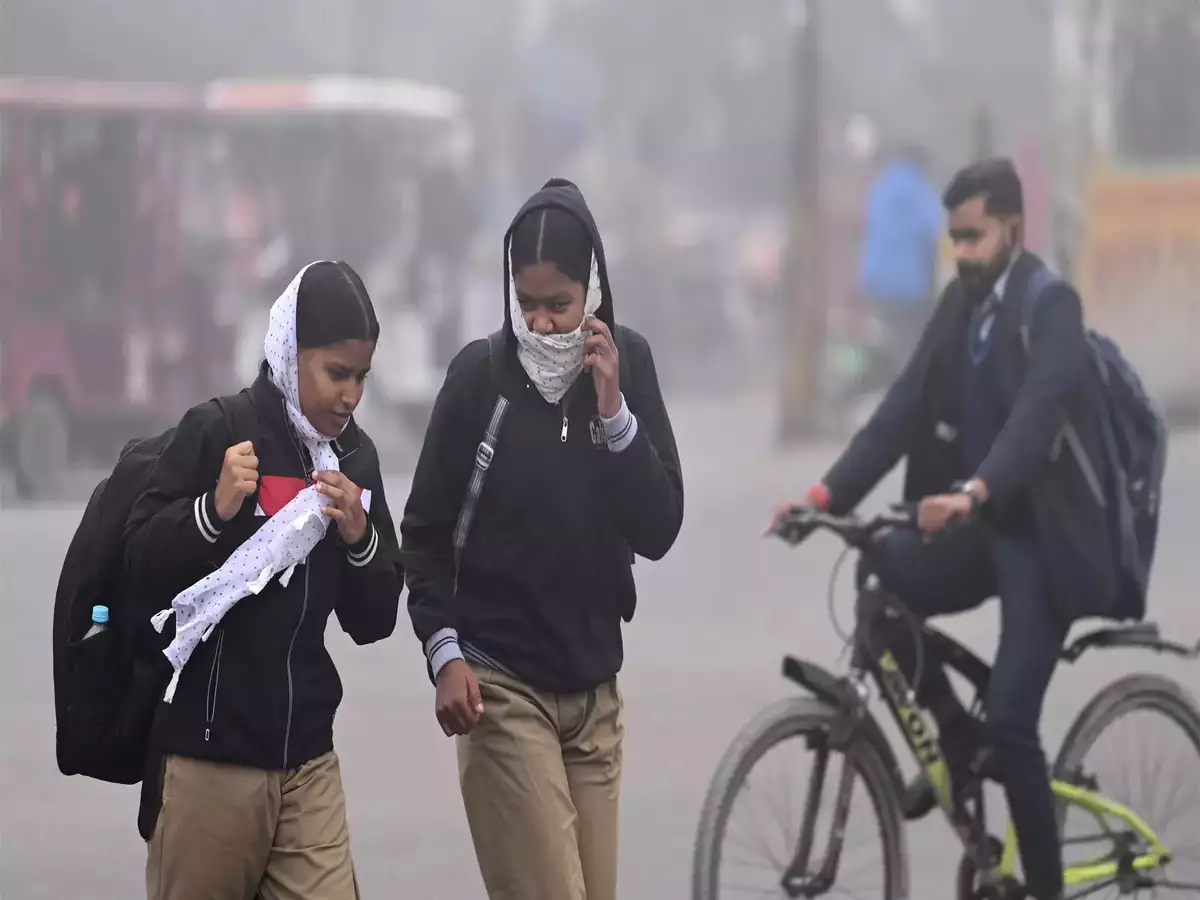Winter Vacation : In light of the recent adverse weather conditions, several school districts have announced an extension of school closures until January 25th. This decision was made primarily to ensure the safety of students and staff amid concerns related to extreme weather, including heavy snowfall and icy roads that may impact transportation accessibility. School administrators and local authorities assessed the situation, prioritizing the well-being of the community and determining that an extended break was necessary to navigate these challenges.
Officials from various districts have reported that maintaining a secure learning environment during hazardous weather is crucial. The closures, designed to prevent accidents and ensure that students are not exposed to dangerous travel conditions, reflect a collective commitment to community safety. As news of the closures spread, parents and guardians have expressed their understanding of the situation, recognizing the potential dangers involved in sending children to school during this period.
Specific districts affected by the extension include those within the metro area that have experienced the most severe weather conditions. For example, districts such as Springfield, Oakwood, and Maple Valley have all confirmed their closure policies extending through January 25th. State and local government agencies have also issued advisories, encouraging families to stay informed about public safety updates, which may further influence local education schedules.
As the winter continues and additional weather reports come in, school officials remain vigilant, prepared to make further adjustments as necessary. The decision to extend school closures highlights the ongoing collaboration between educational institutions and governmental bodies in prioritizing student safety, which is the foremost concern during these winter months.
Impact on Students and Families
The recent decision to extend school closures until January 25th has brought significant consequences for students and their families. As educational institutions remain closed, the continuity of students’ education becomes increasingly disrupted. Many students are facing challenges in adapting to remote learning platforms, which may not fully replicate the in-person learning environment. Educational disparities may widen, particularly among students who lack access to necessary technology or a conducive learning environment at home. The reliance on online resources can strain students’ academic performance, especially in foundational subjects.
Beyond educational impacts, students’ emotional well-being is also at stake. The abrupt shift from routine, peer interactions, and structured learning to isolation can lead to feelings of anxiety, stress, and even depression. Many children thrive in social settings and miss out on valuable socialization opportunities that schools provide. This separation from their peers may hinder the development of social skills that are crucial for their overall growth.
Families are navigating an array of challenges as they adapt to these prolonged closures. Some are grappling with balancing work-from-home responsibilities while managing their children’s remote learning schedules, which can be overwhelming. The need for effective childcare solutions has become more pronounced, prompting parents to seek alternative arrangements, whether through informal means or community resources. Local communities have stepped up, providing support systems such as tutoring services, mental health resources, and childcare options to assist families during this transition.
Overall, the extended school closures have far-reaching consequences that affect not only the educational trajectory of students but also the overall dynamics within families. It is essential for communities to come together to support both students and their families during this challenging time, ensuring that the necessary resources are available to promote both educational success and emotional resilience.
Alternative Learning Opportunities
In light of the extended winter vacation period, several school districts have initiated a range of alternative learning opportunities to ensure that students remain engaged and continue their educational journey. As traditional classroom settings are suspended, many schools have pivoted to online resources that cater to various subjects and grade levels. These resources include platforms offering interactive tutorials, educational games, and comprehensive lesson plans designed to keep students actively involved in their learning.
Virtual classes have also become a significant part of the alternative learning ecosystem. Numerous educators are conducting live online sessions, allowing students to interact with their teachers and peers, fostering a sense of community despite physical separation. These classes not only cover the standard curriculum but also introduce enrichment programs, encouraging exploration in areas such as coding, arts, and sciences that may not be typically available during regular school hours.
In addition to academic offerings, extracurricular activities remain essential for students’ holistic development. Community organizations have stepped in to provide workshops, virtual clubs, and sports activities that aim to support socialization and physical health. These initiatives emphasize the importance of balancing academics with physical and emotional well-being during this challenging period.
To further enhance learning during school closures, parents and guardians are encouraged to implement recommended practices. Establishing a structured daily routine can help children maintain a sense of normalcy and discipline. Encouraging regular breaks, fostering independent study habits, and promoting family learning activities can significantly boost engagement. Additionally, ensuring access to technology and setting aside designated learning spaces can create an optimal environment for academic success. Through these tailored efforts, families can support their children’s learning while navigating the complexities of extended school closures.
Future Updates and What to Expect
The ongoing situation with winter weather has led to significant changes in school operations across various districts. With closures currently extended until January 25th, parents and students can anticipate further updates as authorities continue to monitor weather conditions. School districts are committed to ensuring that safety remains a priority, and updates will be communicated through official channels.
In the coming weeks, school administrators are likely to evaluate the possibility of reopening schools based on multiple factors. These include current and projected weather forecasts, guidance from health officials regarding safety protocols, and community feedback. It is essential for parents and students to stay engaged with communications from school officials, as they will provide the most accurate and timely information regarding any adjustments in the school calendar or reopening plans.
Local news outlets can also serve as valuable resources for updates during this period. Many school districts have established dedicated communication platforms, such as websites and social media channels, which will be regularly updated with important announcements. Subscribing to these channels can ensure that families receive instant notifications on school closures or changes in the schedule.
Moreover, it is recommended that families prepare for various scenarios. These may include remote learning options continuing for an extended period or a staggered return to in-person classes. By maintaining flexibility and staying informed, families can navigate this uncertain time more effectively. In conclusion, as winter conditions continue to evolve, staying connected with school communications will be vital for understanding the future of school operations and the educational experience for students. Ensuring readiness for any changes will help mitigate disruptions to learning.





